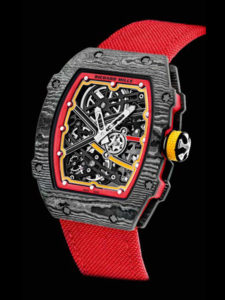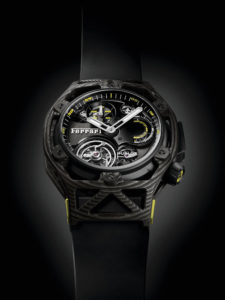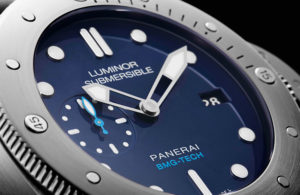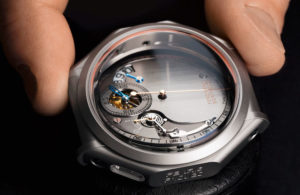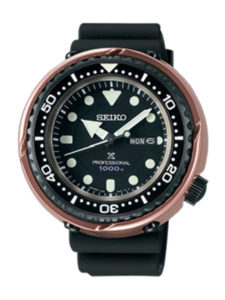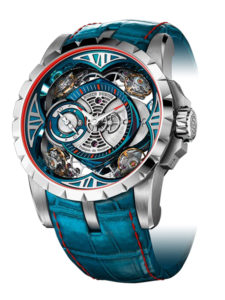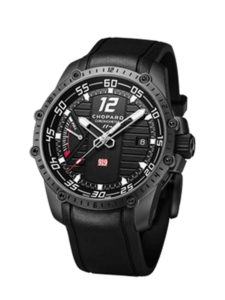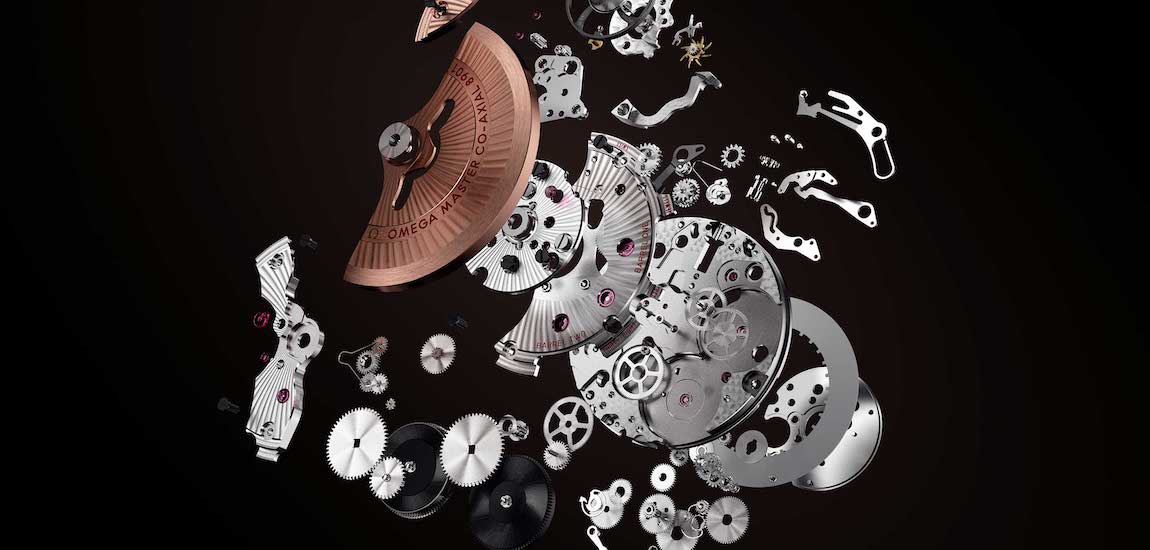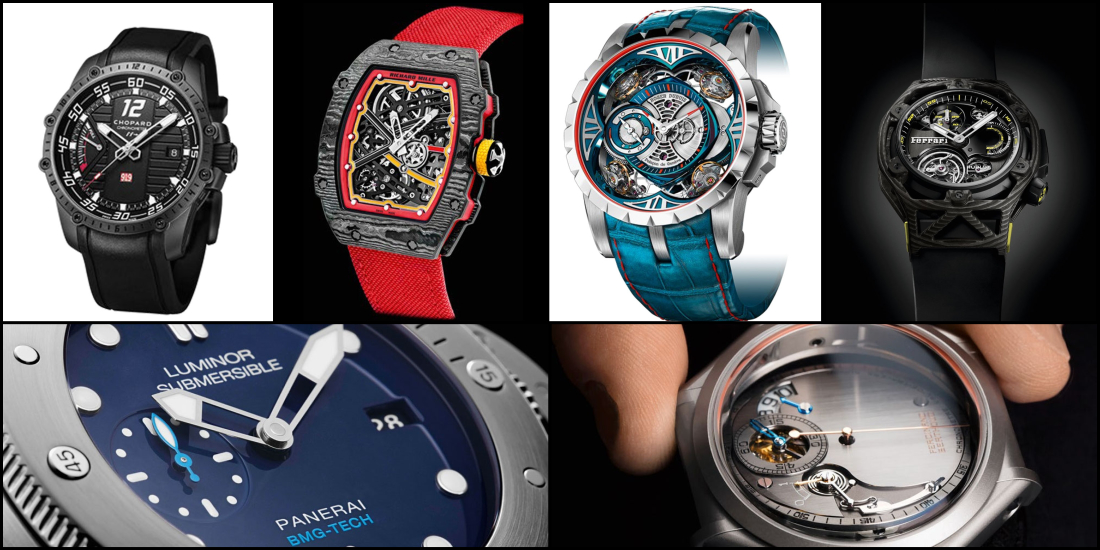
Strenghtening materials and above all their surfaces is a major technological concern. The most recent solutions aim to reduce the high prices long practiced in this field.
Toughening up watches is a fundamental issue for watchmakers. Resistance to scratching is of particular concern to them, since it spoils cases’ precious appearance and physical integrity. The watch industry must cleverly hedge its bets in this respect. If the metal is too soft, it is subject to wear and scratching, which compromise its quality. If too hard, it breaks the very tools used to shape it. The widely used steel alloys are a good compromise, but a compromise nonetheless. Tougher materials have made their appearance, spearheaded by titanium, but the latter was subsequently ousted by exotic alloys combining lightness with hardness, such as Harry Winston’s Zalium, or Richard Mille’s LiTal. These proved too costly however and remained notable exceptions. The rise of ceramics is not a solution, because although they are indeed scratch-resistant, they easily shatter on impact – which is why they have had to be endowed with internal metal structures giving rise to cermet composite materials. Carbon fibers are also brittle, and when they are hardened by specific solvents such as PEEK as used by Hublot, they prove expensive and not to everyone’s taste.
- RICHARD MILLE RM 67-02 Alexander Zverev, sandwich-style case construction in TPT Quartz reinforced by TPT Carbon
- HUBLOT Techframe Ferrari, with case in PEEK carbon
DOING IT THE HARD WAY
All of which leaves post-production treatments. These formerly consisted mainly of hardening the still-hot metal by rapidly cooling it so as to set certain sturdy internal structures firmly place, but this process often also makes it brittle. Hence two solutions. The first consists of cold-working by hammering, rolling or drawing the metal and was long used for pocket-watch cases with large flat surfaces that lent themselves ideally to this technique. However, the complexity of the volumes involved in wristwatches and their production methods rule out this option and cold-working is now reserved exclusively for certain movement components. Among other examples, the pinions of wheel and pinion arbors are burnished for high-quality watches. Crushed by grinding wheels, they emerge harder and smoother, thereby reducing friction and wear. This high-quality work is one of the most underestimated and effective sources of precision timekeeping.
BLOW BY BLOW
The other post-production treatment consists in hardening the surface of the metal by modifying its structure to a relatively limited depth. This may be done by an addition such as PVD or DLC, which involve applying thin layers of hard material. Another approach is by modifying the chemistry of the alloy. Panerai ceramizes its aluminum cases by using hot plasma to transform their surface into ceramics, while the metal beneath remains soft and can be depressed. Those familiar with the Sinn brand are aware of its Tegiment treatment, which adds carbon atoms to the surface of steel without damaging its existing properties. Kolsterization operates on the same principle with greater efficiency and at greater depth, which is why Chronométrie Ferdinand Berthoud uses it in its Chronomètre FB 1.6.
- PANERAI Luminor Submersible 1950 BMG-TEC 3 Days Automatic PAM692, in an amorphous alloy
- CHRONOMÉTRIE FERDINAND BERTHOUD Chronomètre FB 1R.6 in kolsterized stainless steel
TOUGHING IT OUT
The last territory is that of the metal structures themselves. Roger Dubuis has experimented with Chrome Cobalt made using Micromelt® technology. Reduced to a powder and sifted by size of grains, the alloy is then heat-pressed before emerging better structured and thus more resistant. Meanwhile, Panerai has explored another field with BMG-Tech metal glass. Bearing no relation to a window, this zirconium, copper, aluminum, titanium and nickel alloy features a chaotic structure referred to as amorphous. The absence of internal structure within the material means impacts are dissipated and this makes it sturdier – even though that might seem counter-intuitive for glass. The quest for metals that are tougher yet not exorbitantly expensive is thus alive and more creative than ever.
- SEIKO Prospex, commemoration of the 1978 diving watch, in cermet
- ROGER DUBUIS Excalibur Quatuor Cobalt MicroMelt®, in a chrome cobalt alloy
- CHOPARD Superfast Power Control Porsche 919 HF Edition, in DLC-coated titanium




